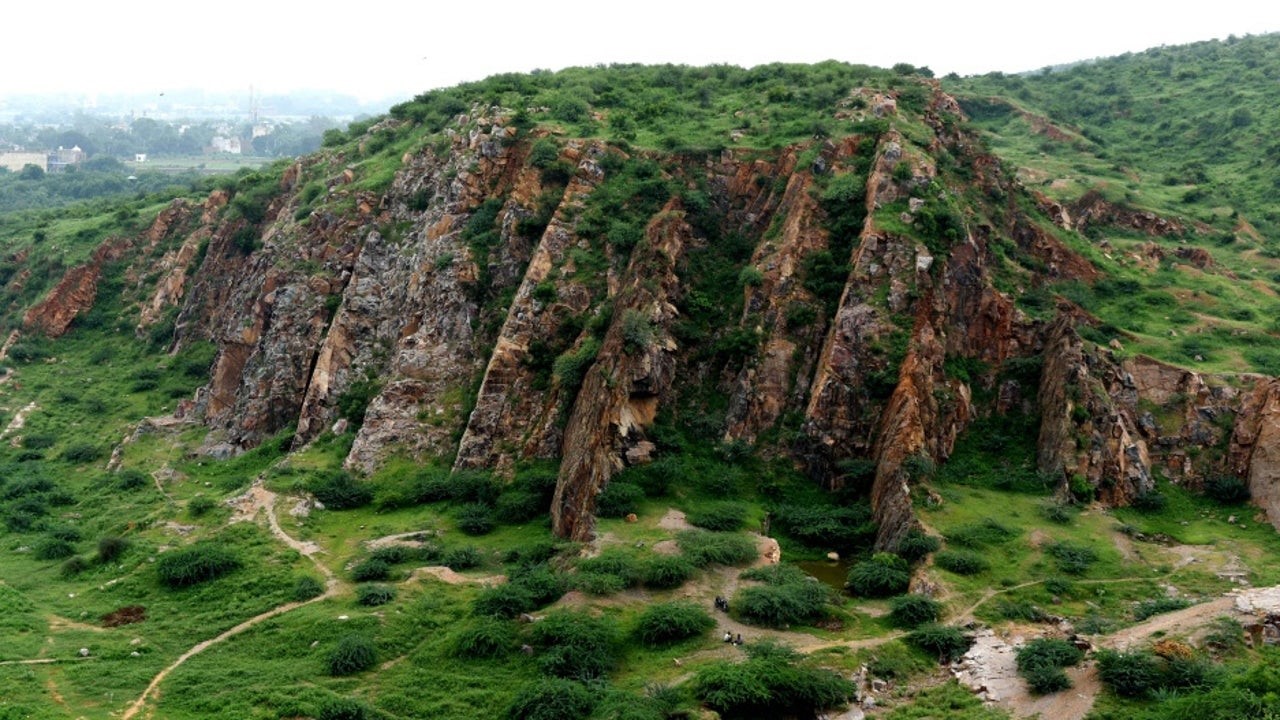Free Courses Sale ends Soon, Get It Now


Free Courses Sale ends Soon, Get It Now



Disclaimer: Copyright infringement not intended
Context: Supreme Court Asks CEC to Examine Issues Related To Mining in Aravali Hills
Details
Geology
Minerals
Mining
Geographical features
Climate
Rivers
Ecology
Concerns
|
PRACTICE QUESTION Consider the following statements:
Select the correct answer using the code given below:
Answer 4 |
© 2024 iasgyan. All right reserved